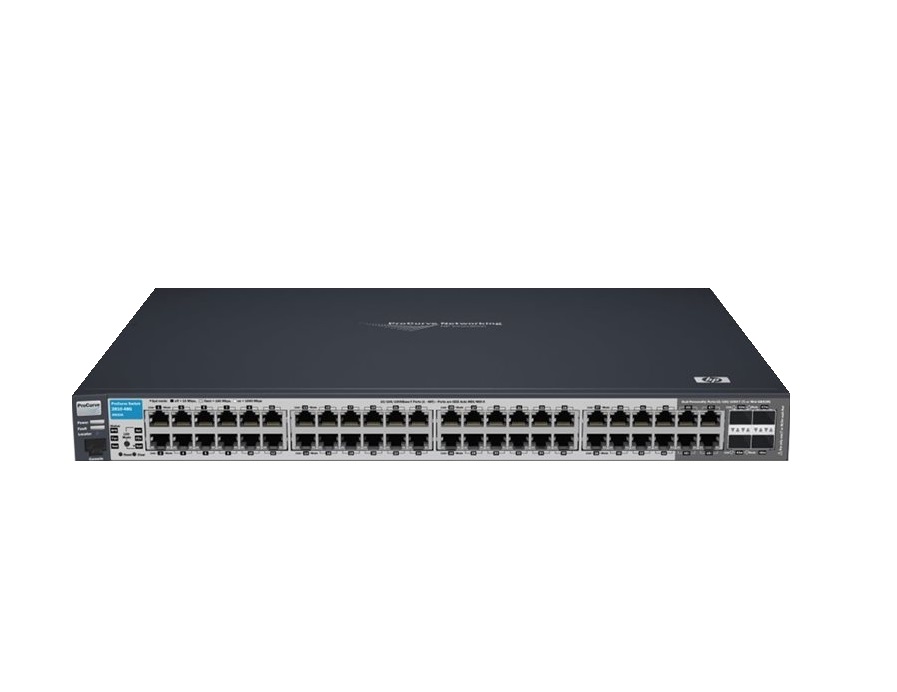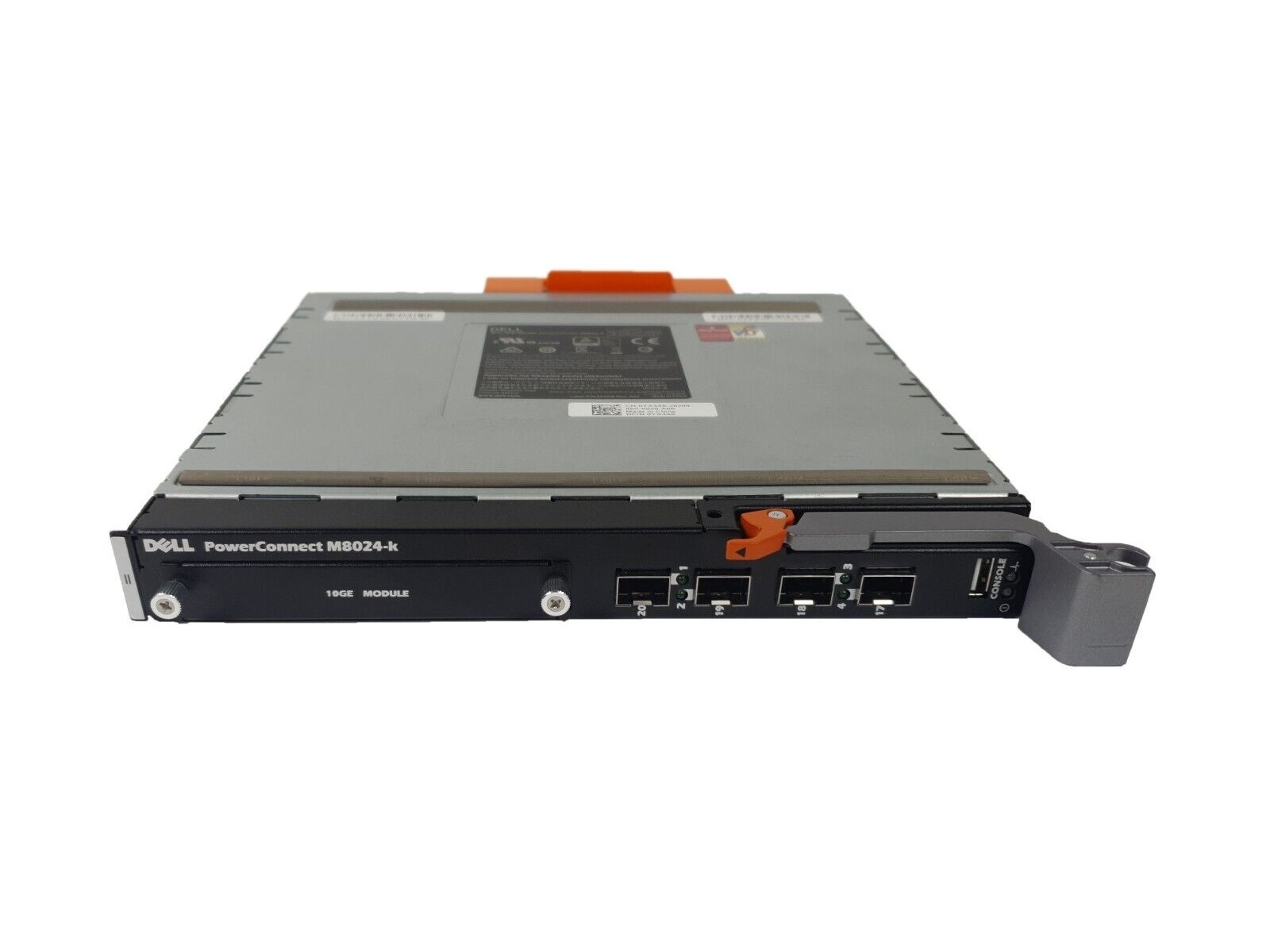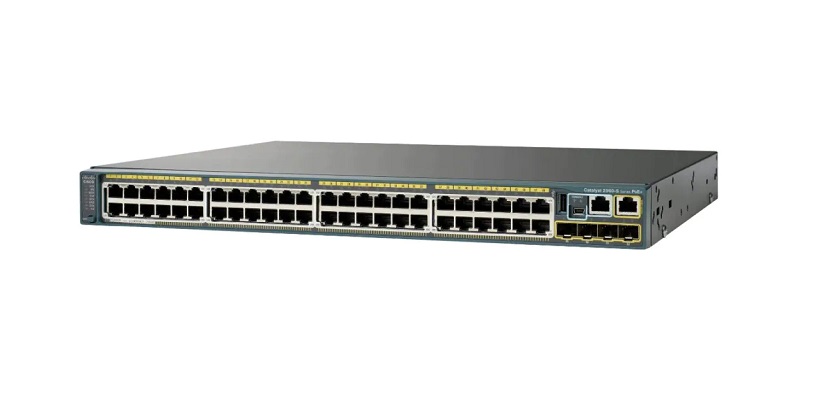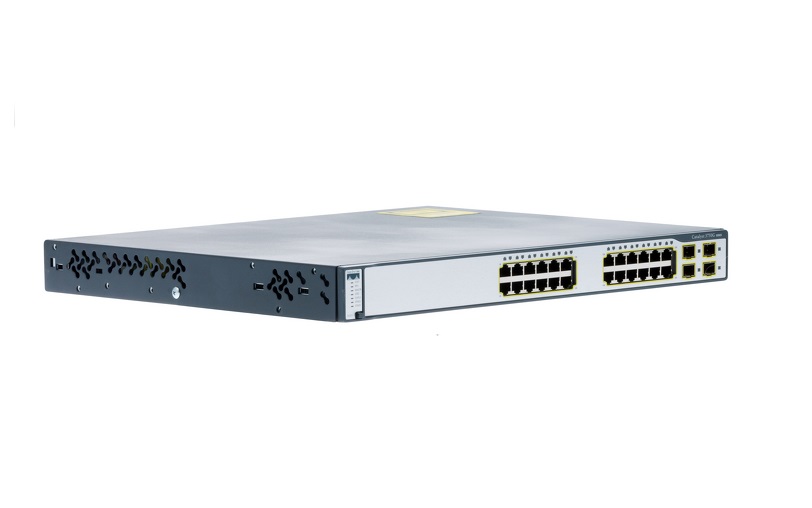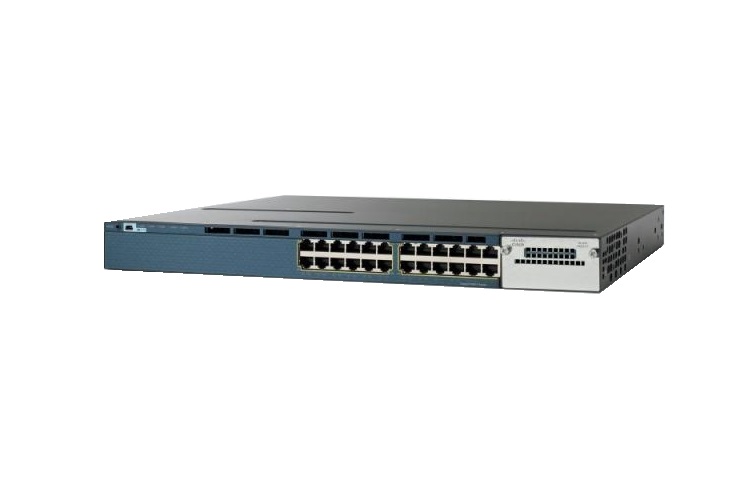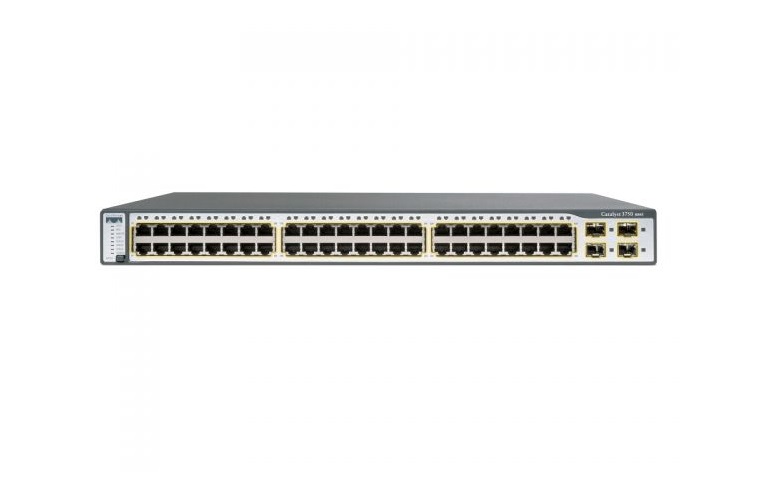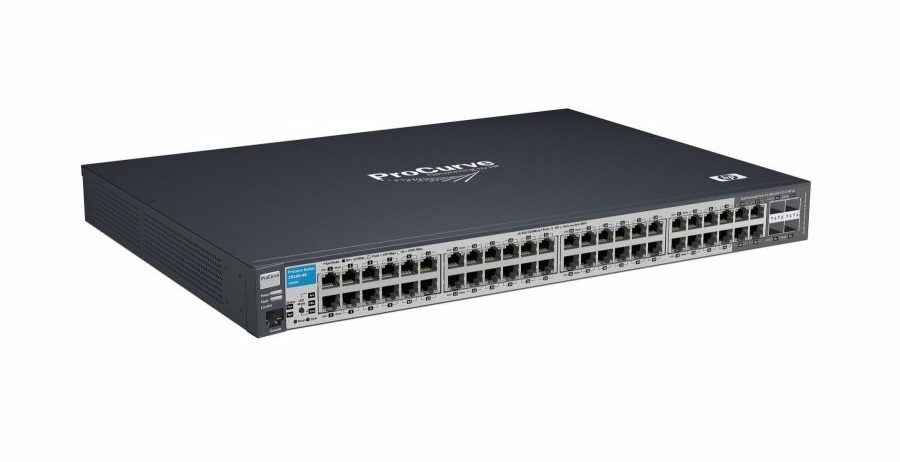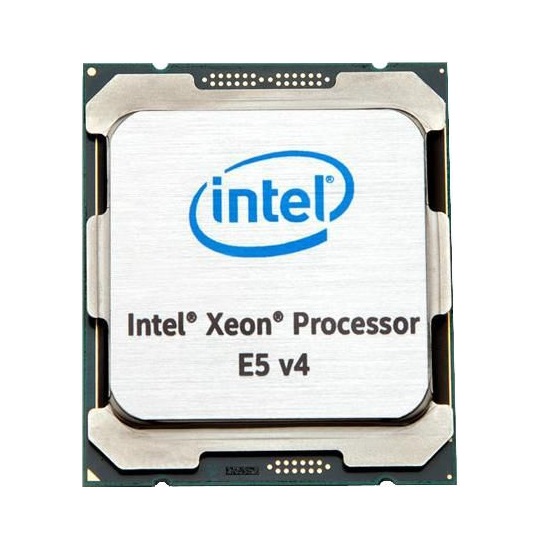CPUs and Processors
Welcome to our online store, where we offer a wide range of CPUs and processors for your computing needs. Whether you're building a new computer or upgrading your existing system, we have the right CPU or processor for you.
CPUs (Central Processing Units) and processors are the most important component of a computer system. They are responsible for executing all the commands and processing data. A good CPU or processor can make a significant difference in the performance of your computer, making it faster and more responsive.
Benefits:
High performance:A good CPU or processor can significantly improve the performance of your computer, making it faster and more responsive.
CPUs (Central Processing Units) and processors are the most important component of a computer system. They are responsible for executing all the commands and processing data. A good CPU or processor can make a significant difference in the performance of your computer, making it faster and more responsive.
A network switch is a hardware device used to connect multiple devices on a computer network. It uses packet switching to forward and receive data between devices on the same network segment. Switches have replaced hubs due to their efficiency and ability to handle larger amounts of data. A network switch can handle multiple data streams simultaneously, which leads to faster data transfer rates and reduced latency. Switches operate at the data link layer of the OSI model, making them less vulnerable to network attacks and ensuring secure data transmission. Switches eliminate network collisions, which reduces data loss and network downtime, resulting in a more reliable network. An unmanaged switch is a basic plug-and-play switch that requires no configuration. It is suitable for small networks and home use. A managed switch is a more advanced switch that allows network administrators to configure and monitor the switch. It is ideal for large networks. A Gigabit switch is a high-speed switch that can handle data transfer rates of up to 1000 Mbps. It is ideal for networks that require high-speed data transfer, such as video streaming and large file transfers. The switch fabric is the backbone of the switch, connecting all the switch ports and managing data transfer between them. A port is a connection point on a switch for a device to connect to the network. Switches can have anywhere from 4 to 48 ports or more, depending on the switch model. A power supply is the component that provides power to the switch. Managed switches require management software to configure and monitor the switch. It is essential to keep the switch firmware up to date to ensure optimal performance and security. Network administrators should regularly backup switch configurations to avoid losing network settings in case of a failure. Network switches generate a lot of heat, and it is essential to ensure that the switch is well-ventilated to prevent overheating. Network administrators should inspect the switch regularly for any physical damage or signs of wear and tear.Network Switches
Benefits of Network Switches:
Increased Speed:
Enhanced Security:
Improved Reliability:
Types of Network Switches:
Unmanaged Switch:
Managed Switch:
Gigabit Switch:
Components of Network Switches:
Switch Fabric:
Ports:
Power Supply:
Management Software:
Maintenance of Network Switches:
Regular Firmware Updates:
Regular Backups:
Proper Ventilation:
Regular Inspection:
